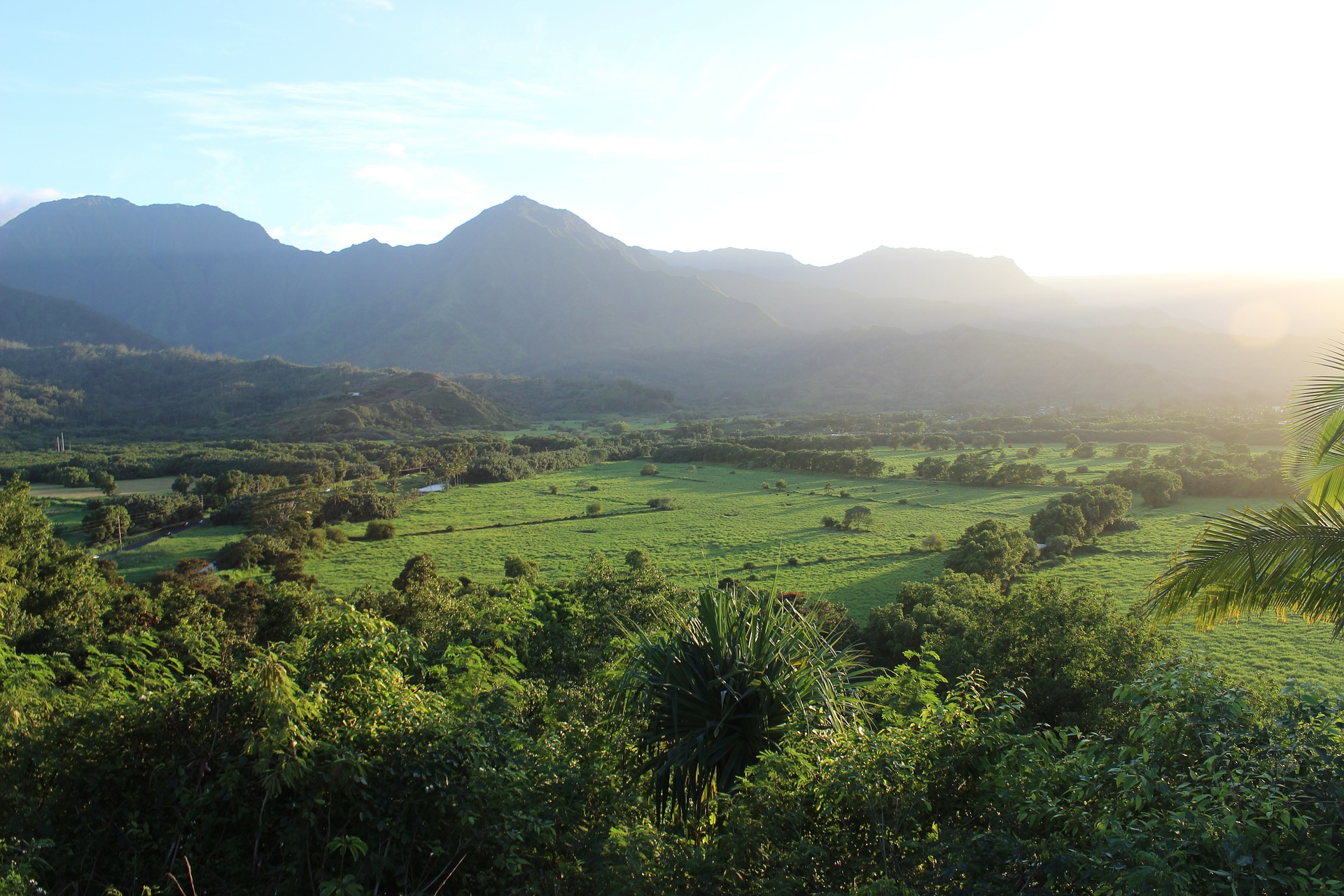

Element provides a wide range of professional services in the areas of Environmental Consulting, Water Resource Evaluation, UXO Support, and Engineering Design. Element provides the personal attention and flexible decision making capabilities of a small business while providing the breadth of expertise and experience of a large firm.

Element has completed over 85 environmental projects that have included investigations of soil, groundwater, surface water, sediments, soil gas, and biota for a wide variety of hazardous chemicals including petroleum, solvents, heavy metals, PCBs, pesticides, and munitions constituents. The environmental data collected is then often used to conduct human and ecological risk evaluations of the site. As a result of this work, Element has extensive experience working and negotiating with federal and state regulators. Element personnel have also been involved in developing innovative remediation technologies to address fuel and recalcitrant contaminants, such as PCBs, at both overseas and remote project sites throughout the Pacific.

Element has completed over 220 environmental engineering and services projects related to potable water evaluation and development; industrial and domestic wastewater; storm water; dredged material evaluation and management; sludge, oily waste and hazardous waste management; solid waste management; pollution prevention planning; spill prevention and response planning; and hydrogeologic modeling projects. Our staff of seven licensed professional engineers and one engineer-in-training have conducted inflow and infiltration studies, as well as prepared designs for secondary treatment upgrades for wastewater treatment plants, water distribution/ transmission/ treatment systems and storm drainage collection and disposal systems.

Element personnel have performed a number of hydrogeologic modeling projects involving groundwater availability assessments for potable water systems and contaminant fate and transport analysis within groundwater aquifers. These models have been used to estimate the sustainable yield of aquifers on the islands of Oahu and Hawaii as well as for estimating future environmental impacts resulting from releases of munitions related chemicals during live fire training exercises conducted on military ranges and the degree of chemical breakdown caused by injection of a chemical oxidant into an unconfined aquifer at a former industrial property contaminated with benzene. Element personnel have also conducted vulnerability assessments for potable groundwater and surface water systems for the entire State of Hawaii as well as for three major islands (Yap, Kosrae and Chuuk) in the Federated States of Micronesia. Element also conducted a comprehensive inventory and physical condition of the Wahiawa Irrigation system and a comprehensive hydrogeologic investigation of the Kanaha Pond Wildlife Sanctuary on the island of Maui.

Element is conducting four Remedial Investigation/Feasibility Studies for former military bombing ranges and training camp sites under CERCLA guidance located on the islands of Maui, Molokai and Oahu. These projects involve conducting field surveys for munitions and explosives of concern and munitions constituent sampling. Element personnel are conducting Technical Project Planning meetings with stakeholders and the overseeing regulatory agency personnel and preparing the associated Workplan and RI/FS report documentation, including preparation of the Munitions Response Site Prioritization Protocol (MRSPP) and Munitions and Explosives of Concern Hazard Analysis (MEC HA) scores, the proposed plans and decision documents for each site.
Element personnel also worked on range sustainment maintenance projects at four firing ranges located within the Demilitarized Zone in South Korea. Element prepared the workplan, monthly progress report, and closure report documentation for these projects which involved removing munitions and bullets from site soils, adding amendments to site soils to accelerate degradation of the RDX contamination present, and stabilizing the residual elevated heavy metals levels (especially lead) in the former range areas which were being converted to rice cultivation.
© element environmental, llc
98-030 hekaha st. #9 ⋅ aiea, hi 96701
808.488.1200 office ⋅ 808.488.1300 fax